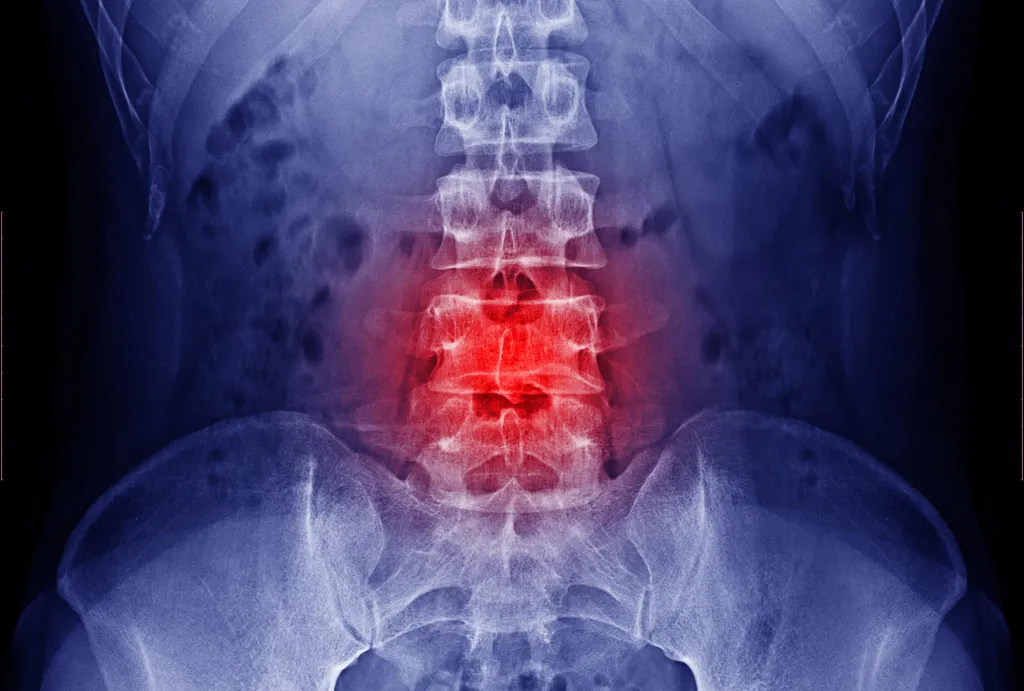An international research team led by scientists from the University of California, San Diego School of Medicine reported that a gene therapy that inhibits the signal transduction of target nerve cells effectively reduced the neuropathic pain in mice with spinal cord or peripheral nerve injury without detectable side effects This result was published in the online edition of molecular therapy on may5,2022, indicating that there may be a new treatment scheme for diseases that may affect more than half of patients with spinal cord injury.
Neuropathy involves nerve damage or dysfunction in other parts of the body, often resulting in chronic or debilitating numbness, tingling, muscle weakness, and pain.

There is no single effective remedy for neuropathy. For example, drug therapy may require complex continuous medication and may be associated with adverse side effects such as lethargy and motor weakness. Opioids may be effective, but they may also produce tolerance and increase the risk of overuse or addiction.
Since doctors and researchers can determine the precise location of spinal cord injury and the origin of neuropathic pain, efforts have been made to develop treatments that selectively target damaged neurons in affected spinal segments.
In recent years, gene therapy has proved to be an increasingly attractive possibility. In the latest study, researchers injected mice with sciatic nerve injury and subsequent neuropathic pain with a harmless adenovirus carrying a pair of transgenes encoding gamma aminobutyric acid or GABA. GABA is a neurotransmitter that can block impulses between nerve cells; In this case, it is a pain signal.
The transmission and expression of transgene GAD65 and VGAT were limited to the sciatic nerve injury area of mice. Therefore, there were no detectable side effects, such as motor weakness or loss of normal sensation. Transgenic GABA resulted in measurable inhibition of pain signal neurons in mice, which lasted for at least 2.5 months after treatment.

Senior study author Dr. Martin Marsala is a professor in the Department of Anesthesiology at the University of California, San Diego School of medicine.
"One of the prerequisites for clinically acceptable anti pain (pain blocking) therapy is minimal or no side effects, such as muscle weakness, general sedation, or tolerance to treatment," said senior author Dr. Martin Marsala, a professor in the Department of Anesthesiology at the University of California San Diego School of medicine. "The invention of a single treatment that can provide lasting therapeutic effects is also very ideal. These findings show that there is a way forward in both areas.".